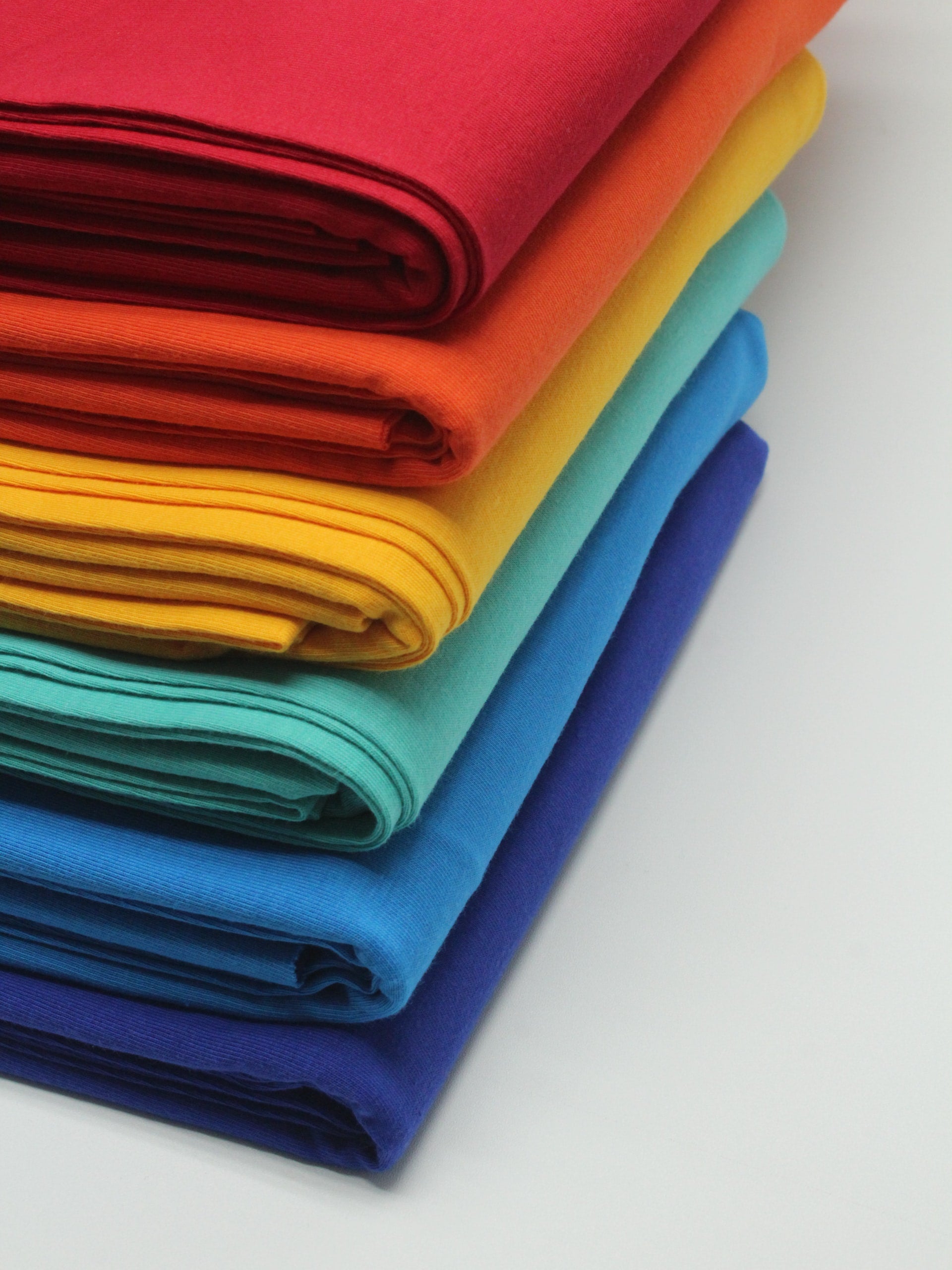Are Biodegradable Fabrics the Future of Workwear?

As both businesses and consumers seek to be more eco-friendly, products and services that were previously overlooked by those wanting to be greener are starting to come to the fore.
Being green is no longer just about Meatless Monday or rinsing out the recycling, it’s also trickling down into the choices we make regarding everything from where we holiday to rejecting fast fashion.
Fast fashion retailers turn around catwalk-inspired clothing in as quick a time as possible, and as cheaply as they can. The knock-on effect of this is more pollution and more low-quality clothing ending up in landfill.
However, when it comes to workwear, increasing the life of garments is key. Businesses don’t want to replace overalls and PPE every couple of months: the costs involved would be prohibitive. Besides, what company wants to buy cheaply made workwear that’s not fit for purpose?
But is there anything else companies can do to make their workwear more planet-friendly?
The rise of biodegradable workwear
The fashion industry has been using biodegradable fabrics for some time now, with many retailers using their environmentally friendly processes and materials as a marketing tool.
Now organizations who provide workwear to their employees are catching on too as companies with a conscience strive to adopt more ethical practices.
Limiting their impact on the planet is increasingly at the top of the agenda for many business leaders and using biodegradable fabrics in their workwear is part of that.
What are biodegradable fabrics?
A biodegradable fabric uses microorganisms to decompose more easily than non-biodegradable cloth. Clothing is made from natural textiles such as wool, organic cotton, hemp, linen, bamboo, and jute.
In addition, viscose-based fabrics such viscose rayon, lyocell and cupro are normally biodegradable despite having their chemical structure artificially altered, as they originate from cellulose.
A fabric’s biodegradability is measured by the amount of chemicals used during its manufacture. The more chemicals used, the longer it takes for an item of clothing to biodegrade. And the longer this process takes, the more harmful the effect on the environment.
What can your business do to be greener?
There are plenty of actions that businesses of all sizes can take to reduce your carbon footprint
Recycling workwear, making sure ex-employees return clothing and PPE so it can be reworn, buying British to lower transport emissions, buying quality gear that will last, and opting for workwear made from biodegradable fabrics are all actionable ideas that will have a positive impact.
After all, when your business is greener, it’s not only more eco-friendly, but also often more attractive to potential customers too.





